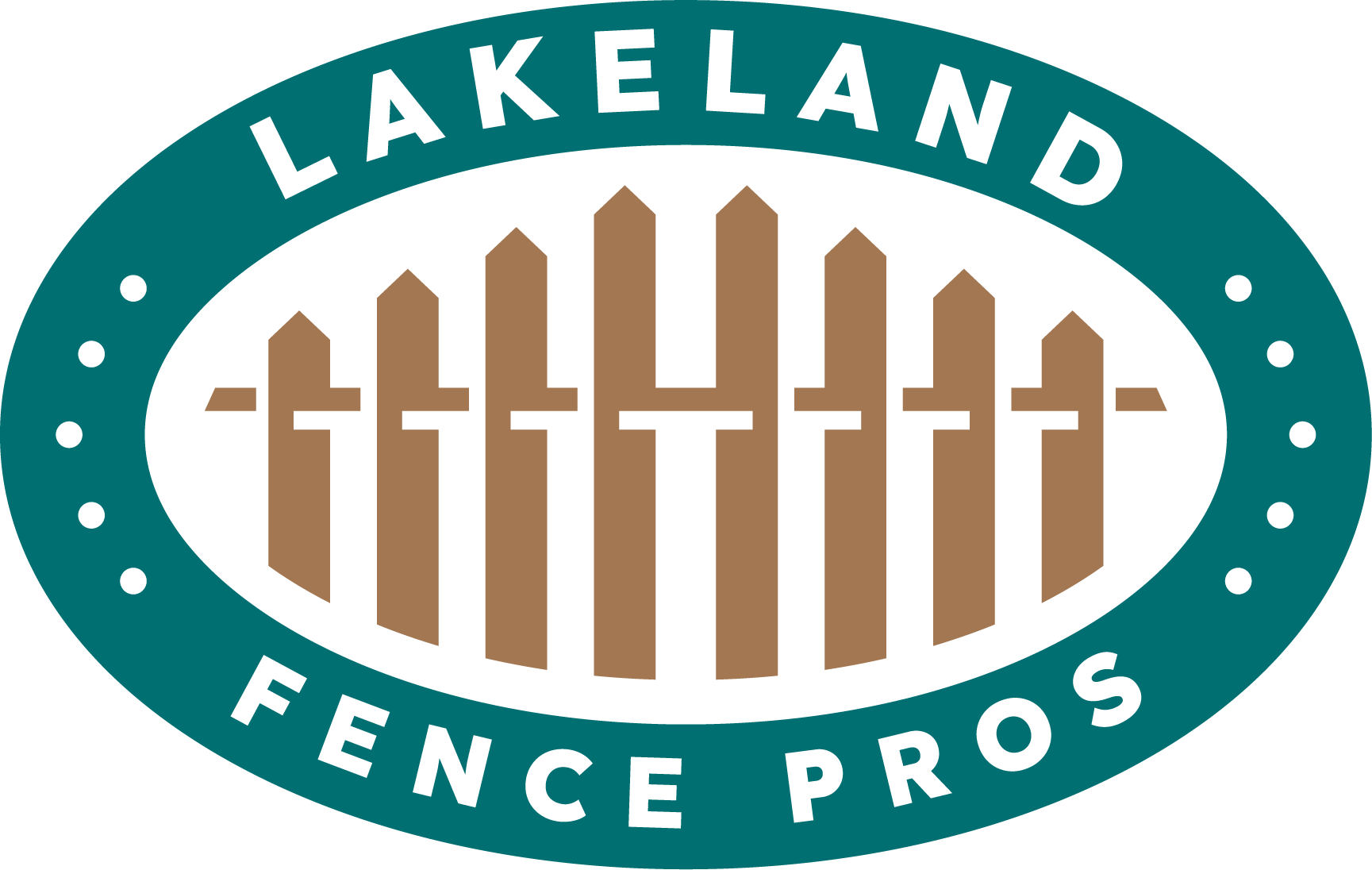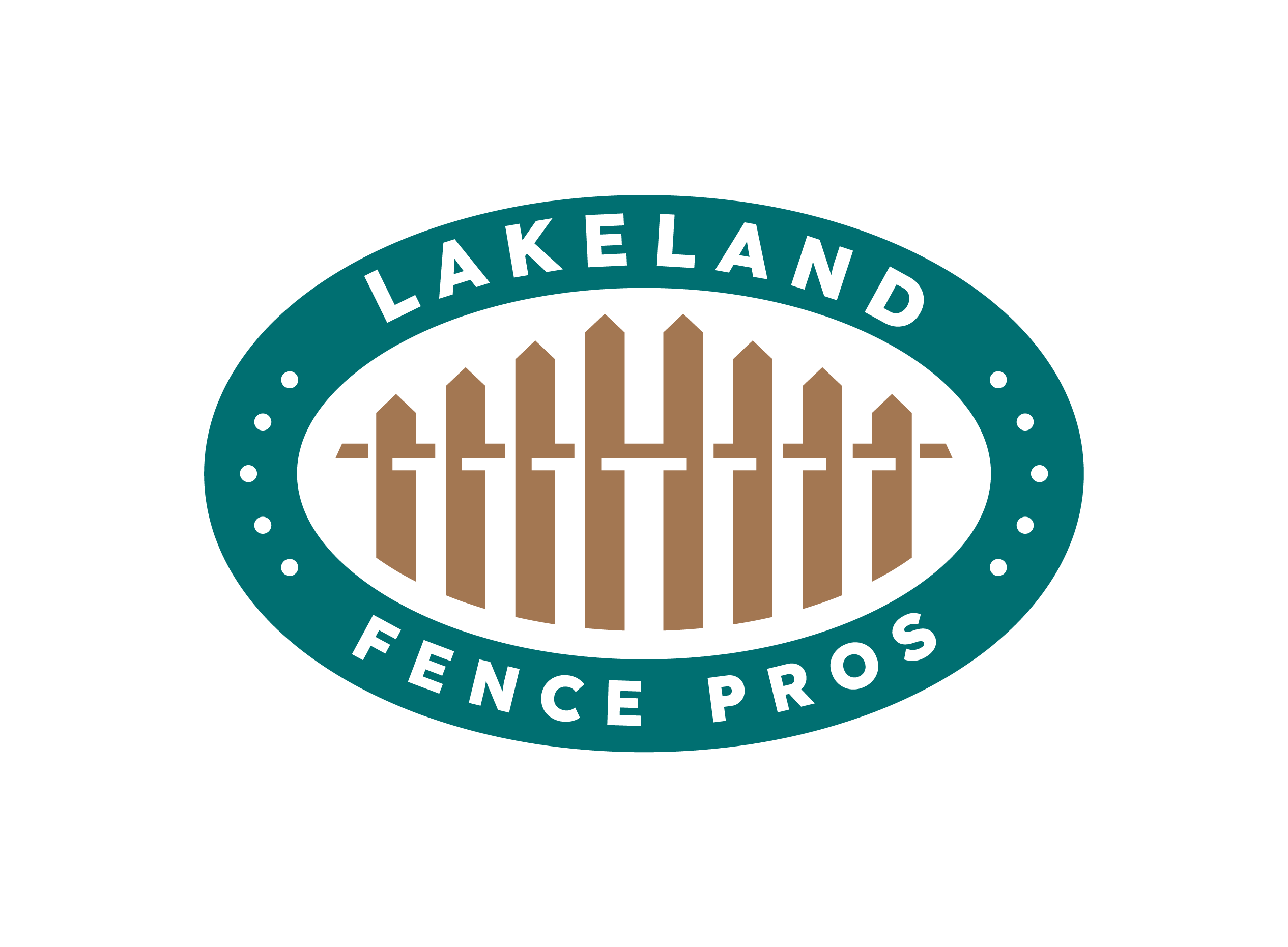Installing a PVC fence is one of the smartest ways to upgrade your property in Lakeland, Polk County, and across Central Florida. Whether you’re looking for more privacy, better security, or simply to add a clean, modern look to your yard, PVC (polyvinyl chloride) fencing delivers. Homeowners love PVC fences because they’re durable, low-maintenance, and resistant to Florida’s hot sun, heavy rain, and humidity.
Unlike wood fences that can rot or metal fences that rust, PVC fences won’t break down in Central Florida’s tough climate. They never need painting or staining, and with just a quick rinse, they look as good as new. That’s why PVC has become one of the most popular fencing options for homeowners in Lakeland and beyond.
But here’s the catch: proper installation matters. Even the best fence panels won’t last long if they’re not installed correctly. That’s why this guide walks you step-by-step through the process of installing a PVC fence, whether you’re a DIY enthusiast or just curious about how the professionals at Lakeland Fence Pros get it done.
Why Choose a PVC Fence for Your Central Florida Home?
Before diving into installation, let’s quickly look at why PVC fences are a top choice for homeowners in Lakeland and Polk County:
-
Weather Resistant – No warping, rotting, or rusting in Florida’s heat and humidity.
-
Low Maintenance – Just soap, water, and a garden hose are all you need to keep it clean.
-
Stylish Designs – Available in privacy, semi-privacy, picket, and decorative options.
-
Safe & Family-Friendly – Great for enclosing pools, backyards, and pet areas.
-
Long-Lasting Investment – With proper installation, PVC fences can last decades.
Now let’s get into the step-by-step installation process.
Tools and Materials You’ll Need
Materials
-
PVC fence panels
-
Fence posts
-
Brackets and screws
-
Concrete mix
-
Post caps
-
Optional decorative accessories (lattice tops, finials)
Tools
-
Measuring tape
-
Post hole digger or auger
-
Level
-
Power drill
-
String line
-
Rubber mallet
Step 1: Plan and Measure Your Fence Layout
The foundation of a good fence is a good plan. Start by:
-
Marking property lines – Make sure your fence stays on your property.
-
Checking HOA and local codes – Many communities in Lakeland and Polk County have rules on fence height, placement, and style.
-
Calling 811 before you dig – Always check for underground utilities before breaking ground.
-
Marking post locations – Use stakes and string to create a straight guideline for your fence.
💡 Pro Tip: In Central Florida’s sandy soil, accuracy in spacing is everything. Posts that are even slightly off can cause panels to warp over time.
Step 2: Dig and Prepare Post Holes
Fence posts are the backbone of your PVC fence. Use a post hole digger or auger to dig holes:
-
Depth: About one-third the height of your fence (for a 6-foot fence, dig about 2 feet deep).
-
Width: Three times the width of the post.
-
Spacing: Match the manufacturer’s panel size (usually 6 or 8 feet apart).
💡 Pro Tip: In Polk County’s softer soils, going a little deeper can help stabilize posts against wind.
Step 3: Set and Secure Fence Posts
Place each PVC post into its hole, check for level, and align with your string line. Once aligned, pour concrete mix around the post base and let it cure.
-
Ensure the concrete is level with the ground.
-
Double-check spacing before it sets.
-
Let posts cure fully before attaching panels.
Strong, straight posts = a strong, straight fence.
Step 4: Install the Bottom Rails
The bottom rails provide structural support for the panels. Attach them securely to the posts using the brackets provided by the manufacturer.
-
Keep them level and consistent in height.
-
Make sure they lock firmly into the post slots.
This step ensures your panels will sit evenly across the fence line.
Step 5: Attach the PVC Fence Panels
Once bottom rails are in place, slide or snap the panels into position:
-
Secure each panel with screws or brackets.
-
Keep them tight with no gaps or wobbling.
-
Check level alignment as you go.
💡 Pro Tip: Installing panels on a breezy day in Central Florida? Work panel by panel to prevent wind from shifting them out of place.
Step 6: Add the Top Rails
With panels secured, finish the frame with top rails. This step locks everything together and gives the fence a polished look.
-
Ensure rails are perfectly aligned with each post.
-
Double-check for sagging or uneven sections.
A sturdy top rail not only looks better but also strengthens the entire structure.
Step 7: Install Post Caps and Accessories
The finishing touches matter. Post caps protect posts from rain and UV rays while adding style. You can also add decorative options like lattice tops for extra flair.
-
Attach post caps with adhesive or screws.
-
Ensure every cap is tightly fitted.
Step 8: Inspect and Clean Up
Walk the fence line to:
-
Check alignment and level one more time.
-
Shake the fence gently to test stability.
-
Tighten any screws or brackets if needed.
-
Clear away tools, concrete bags, and extra materials.
You’ll be left with a fence that looks professional and lasts for years.
Maintenance Tips for PVC Fencing
One of the biggest benefits of PVC fencing is how little upkeep it needs. But to keep it looking new:
-
Wash with soap and water every few months.
-
Avoid harsh cleaners or abrasive tools.
-
Inspect occasionally for loose caps or brackets.
-
Trim plants that touch the fence to prevent scratches.
With simple care, your fence will stay strong and stylish for decades.
Why Hire Lakeland Fence Pros for PVC Fence Installation?
While DIY installation is possible, many Central Florida homeowners choose Lakeland Fence Pros for professional results. Here’s why:
-
Local Expertise – We know how Florida’s soil and weather affect fences.
-
Quality Craftsmanship – Every fence is installed with precision and care.
-
Fast Installation – Save time, effort, and frustration.
-
Warranty Protection – Materials and labor are covered for peace of mind.
Final Thoughts
Installing a PVC fence is one of the best upgrades you can make to your Lakeland property. Whether you’re boosting curb appeal, creating a safe play area for kids and pets, or securing your backyard, a properly installed PVC fence delivers long-term value.
If you’re ready to enjoy the benefits of a durable, low-maintenance fence, don’t wait. Lakeland Fence Pros is here to help homeowners across Polk County and Central Florida build fences that last.
📞 Call us today at 863-617-7292 for a free estimate and professional fence installation.

